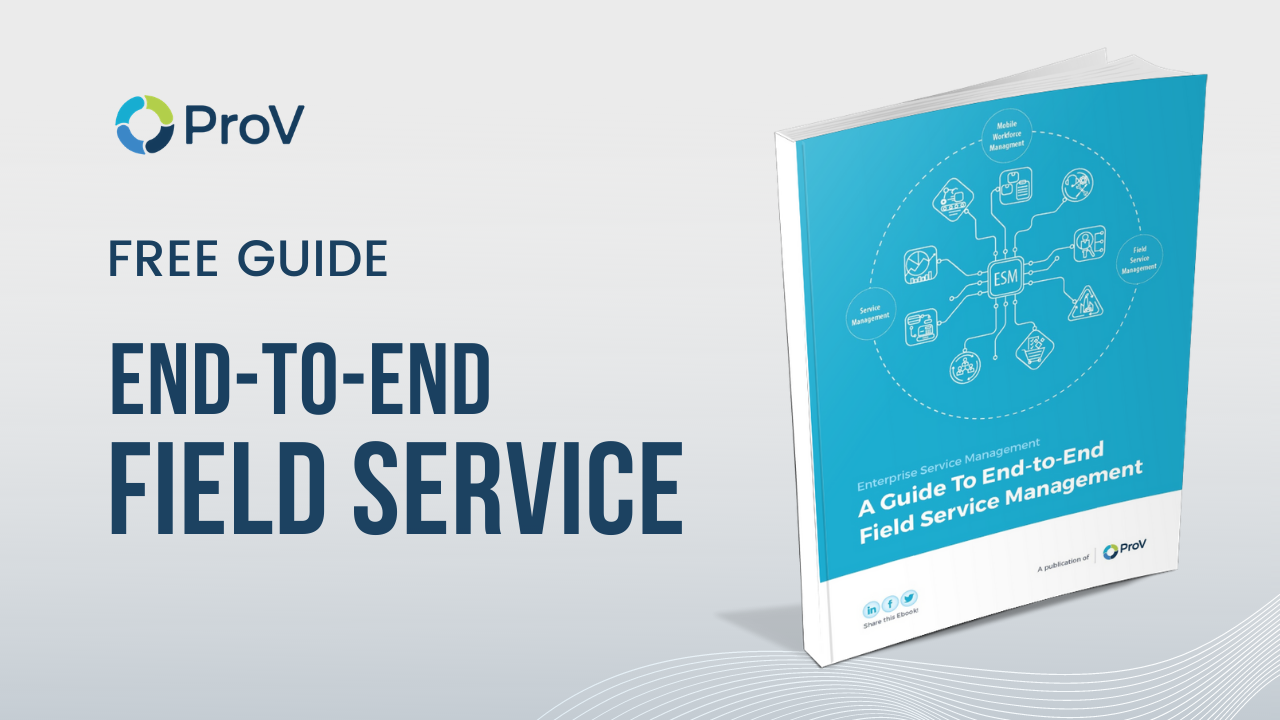How does your company handle customer relationship management (CRM)? If you answered "emails and spreadsheets" instead of "automation software" in 2017, it's likely that your company deals with broken processes and ad-hoc management issues, too. CRM automation software is not new and its projected benefits are now well-known. In fact, the question has shifted from “do I need CRM?” to “how do I use CRM for maximum benefits?”
Gartner predicted the global CRM market to grow up to $37 billion by 2017. A CRM tool can provide many added benefits beyond just managing contacts. A survey by Scribe software found that 65% of SMBs use their CRM for lead nurturing, while 59% use it for email marketing and sales projections. The latest CRM softwares are lean and robust enough to handle multiple processes within your organization and streamline all of them.
At the other end of the spectrum, some vendor hype might have you believe that installing a CRM system will instantaneously fill your pockets with cash. And, most organizations that falter do so simply because they think investing in the software is enough. However, you need to remember, just as is the case with most enterprise software out there today, a CRM software is only as good as the people using it.
Simply put, the benefits of any integrated CRM software can be negligible if it is not uniformly embraced by user adoption. With that in mind, here we list 5 CRM implementation best practices that will help you get the most out of your software license.
1) Get Everyone On Board
We say this with implementation of any enterprise software, not just CRM. The one thing that every smooth implementation has in common is that they have everyone together pulling in the same direction. That means everyone from your executive management group, to your project managers, to your everyday users. The last thing you want would be to have a difference of opinion just at the execution stage.
2) Choose Your Implementation Partner Carefully
Do you need an implementation partner? Yes. Whether it's in-house or outsourced, you are better off handing over the roll-out project to people with the requisite expertise.
Do you need an outsourced implementation partner? The answer to that lies in the size and scale of your business. If you can afford a team of experts in-house, and they have the necessary knowledge and training to train others, you may not need to partner with a third-party. However, managed service providers often have a pool of experts and resources ready to deploy due to their varied experience in dealing with clients spanning multiple industries and know exactly what a successful implementation looks like.
MSPs also often charge on flexible pay-as-you-go models, relieving you of having to deal with expensive hiring costs, training costs, and other such overheads.
3) Build a Thorough Plan
Once you’ve identified your course of action by selecting your implementation partner, the next step is to work with them to build a well-thought-out execution plan. Divide your implementation project into smaller manageable chunks, define your expectations, assign a project manager, build KPIs, and define your timelines. Having a well-defined implementation plan before execution gives you a blueprint to go by and gives you metrics to check on its success after.
4) Use Only Good Data
We have a symbiotic relationship with data. If it’s not of any use to us, it should not be in our lives. When old legacy systems need to be replaced, data migration is often a challenging point. This is because old systems might have tons and tons of irrelevant data that you have no business integrating into the new software. You are much better off categorizing and prioritizing your data such that you only take what you need, and ditch what you don’t. This will streamline your migration process and your software will be primed to be lean and deliver you the highest ROI possible.
5) Go Live Instantaneously
Upgrading or launching an enterprise system is not a simple task. As mentioned before, it requires all your employees to pull in the same direction. Internal marketing for getting users excited for the change is a big part of their motivation. Once you have built a thorough plan and broken it down to manageable pieces, go through with it. It's never a good idea to stop an implementation midway to renegotiate your strategic values. Take the time to cover all angles, but do not budge once you’re on your way.
At ProV, we have tested and implemented different software for hundreds of clients worldwide. When you implement an enterprise software like a CRM application, your whole company must re-think all routines and everyone has to change their work pattern. Whichever software you choose, careful planning and immaculate execution will ultimately decide the success or failure of your CRM system. Our methodologies can help you accomplish all strategic, operational, and tactical organizational goals and lets you get more from your enterprise software investment. To learn more about how we can optimize your enterprise software for maximum ROI, drop a comment below or contact us today.

